
To stay as healthy as we can as late in life as possible, we need to eat properly. We also need a daily Coenzyme Q10 nutritional supplement. The Q-Symbio study and the KiSel-10 study have shown the heart health benefits of Coenzyme Q10 supplementation. Those studies show, moreover, that older adults benefit from a Coenzyme supplement based on the ubiquinone form.
What is becoming more and more apparent about the absorption of Coenzyme Q10 nutritional supplements? I have been putting together the information that I have been reading and hearing. Here is what seems to be the case:
Raw material Coenzyme Q10: not the big difference maker
The Coenzyme Q10 raw material from the biggest producers of the dry powder crystalline substance seems to be comparable to a high degree. There seems to be equivalency of quality in the Coenzyme Q10 raw material. What counts is how the maker of Coenzyme Q10 supplements processes that raw material.
Contents of Coenzyme Q10 capsules fairly uniform
The amount of processed Coenzyme Q10 in 100-milligram capsules seems to be fairly uniform from product to product although this may be less true of the bargain-basement products. Several products declaring 100 milligrams of Coenzyme Q10 seem to be only a very few milligrams under or over 100 milligrams of the real stuff. In this respect, Coenzyme Q10 supplements seem to be different from some other nutritional supplements and herbal remedies.
But — a big but — it is not so much the amount of Coenzyme Q10 that counts. What counts most is how the Coenzyme Q10 has been processed by the maker of the nutritional supplement.
Most important? The formulation of the Coenzyme Q10 supplement!
The thing – far more than any other thing – that affects the rate of absorption of the Coenzyme Q10 contained in a supplement seems to be the formulation of the contents of the supplement. It’s the formulation that is important. How has the raw material been processed? The processing of the raw material is what will make the absorption rate rise or fall.
Cannot absorb Coenzyme Q10 crystals
The really important thing to remember is that Coenzyme Q10 is, naturally, a crystalline substance and that the body cannot absorb crystals; it can absorb only single molecules. The maker of a good Coenzyme Q10 supplement must succeed in getting those Coenzyme Q10 crystals to dissociate into single molecules and to stay dissociated inside the capsule. That way, the Coenzyme Q10 that enters the stomach and small intestine can, in fact, be absorbed, some of it.
Good processing of Coenzyme Q10 difficult and expensive
The formulation of the Coenzyme Q10 nutritional supplement involves the preheating of the raw material to get the crystals dissolved into single molecules in the correct vegetable oils and encapsulated inside soft-gel capsules. This process is so important because the contents of the capsules must not re-crystallize while the supplement is sitting on the shelf. The vegetable oils are also important because some oils promote absorption more than others do.
Ubiquinone Coenzyme Q10 absorbed as well or better than ubiquinol
Coenzyme Q10 supplements in the form of ubiquinol (pronounced U-BIK-KWIN-NOL) are not necessarily better absorbed than the best formulated Coenzyme Q10 supplements in the form of ubiquinone (pronounced U-BE-KEY-NON or U-BIK-KWIN-NON).
Ubiquinone is the established form of Coenzyme Q10. Ubiquinone is considerably more stable than ubiquinol, and its absorption and bio-availability and efficacy have been more carefully documented than is the case with ubiquinol.
Coenzyme Q10 supplement contents absorbed as ubiquinone
This is an interesting – and important – point, I think. Following the ingestion of a ubiquinol capsule, the contents in the stomach are, initially, in the form of ubiquinol. However, it seems that the ubiquinol is then converted in the stomach and the small intestine to the ubiquinone form of Coenzyme Q10 prior to absorption.
At the 8th conference of the International Coenzyme Q10 Association in Bologna in the fall of 2015, there was a paper presented that showed ubiquinol being converted to ubiquinone in the stomach and small intestine. The data that formed the basis for that paper indicated that the absorbed ubiquinone was converted to ubiquinol as it passed through the lymph to the blood.
We would like to see more research into the form of Coenzyme Q10 in the various body compartments.
Actually, because the ubiquinol form is so unstable and difficult to process, there is always the risk that some of the ubiquinol in the capsules may have already converted to ubiquinone. Coenzyme Q10 molecules are, after all, a redox molecules. Converting back and forth from their oxidized form to their reduced form is what they do.
There seems to be no good reason to take ubiquinol supplements for the purpose of getting the antioxidant form of Coenzyme Q10 into the blood. The human body will take care of that.
Older adults and Coenzyme Q10 absorption
I have seen marketing claims that older adults may have difficulty converting ubiquinone to ubiquinol. I cannot find the evidence for this claim. Moreover, the study participants in the Q-Symbio (average age: 62 years) and in the KiSel-10 study (aged 70 – 88) took ubiquinone nutritional supplements and realized significant health benefits.
What is the difference between the two forms of Coenzyme Q10?
As I have said, Coenzyme Q10 supplements come in two forms. The first is the oxidized form, called ubiquinone, which has been used in research for over 30 years now. The second form is the reduced form, the ubiquinol form. It was been available for research and commercial use only since 2007. It has not been tested nearly as much in research studies as ubiquinone has.
Both forms of Coenzyme Q10 important
Both forms of Coenzyme Q10 are important in the body. Ubiquinone is an essential component of the energy production process that results in the production of the ATP molecules, the body’s primary source of energy.
Let’s be clear about this. Ubiquinone is the form of Coenzyme Q10 that plays an important role in the process of cellular energy production.
Ubiquinol is a by-product of this process of cellular energy production. Ubiquinol is an important fat-soluble antioxidant, neutralizing harmful free radicals in the cells and in lipids and lipoproteins in plasma.
Known differences between ubiquinone and ubiquinol
There are other differences in the two forms beyond the differences in function:
- The ubiquinol form of Coenzyme Q10 is considerably less stable than the ubiquinone form and more difficult to process.
- The ubiquinol form is considerably less researched and documented both with respect to absorption and with respect to beneficial health effects.
- There have been some dubious marketing claims for ubiquinol absorption.
Summing up about Coenzyme Q10 nutritional supplements
Ubiquinone Coenzyme Q10 supplements have shown significant positive health benefits in heart failure patients, in Gulf War Illness sufferers, and in healthy elderly citizens aged 70 – 88 years. These health benefits have been documented in gold standard studies: randomized, double-blind, placebo-controlled clinical trials run by medical doctors.
The best formulated ubiquinone Coenzyme Q10 supplements are absorbed as well or better than the ubiquinol supplements.
Looking for a good Coenzyme Q10 nutritional supplement? The best advice is to look for a long-time well-established producer of the supplement who has submitted his preparations to scientific testing.
Sources:
Alehagen, U., Johansson, P., Björnstedt, M., Rosén, A., & Dahlström, U. (2013). Cardiovascular mortality and N-terminal-proBNP reduced after combined selenium and coenzyme Q10 supplementation: a 5-year prospective randomized double-blind placebo-controlled trial among elderly Swedish citizens. International Journal of Cardiology, 167(5), 1860-1866.
Golomb, B. A., Allison, M., Koperski, S., Koslik, H. J., Devaraj, S., & Ritchie, J. B. (2014). Coenzyme Q10 benefits symptoms in Gulf War veterans: results of a randomized double-blind study. Neural Computation, 26(11), 2594-2651.
Mortensen, S. A., Rosenfeldt, F., Kumar, A., Dolliner, P., Filipiak, K. J., Pella, D., & Littarru, G. P. (2014). The effect of coenzyme Q10 on morbidity and mortality in chronic heart failure: results from Q-SYMBIO: a randomized double-blind trial. JACC. Heart Failure, 2(6), 641-649.


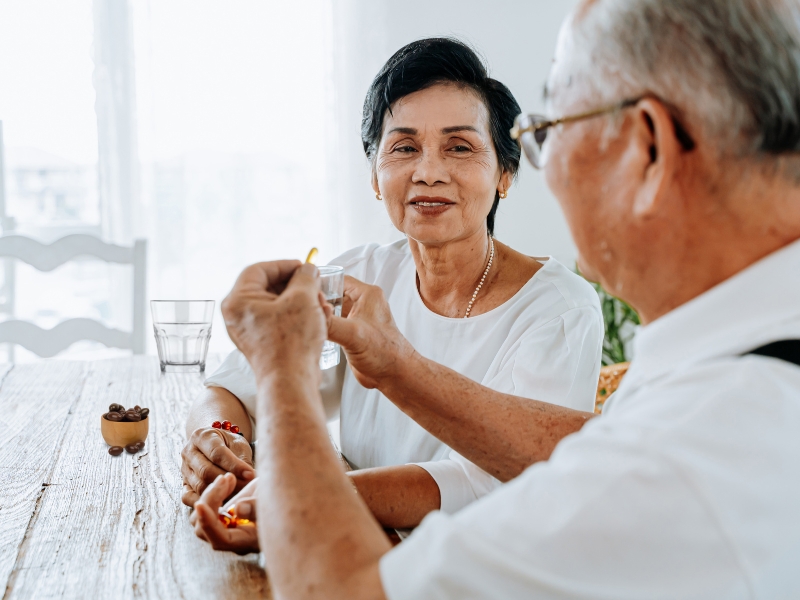
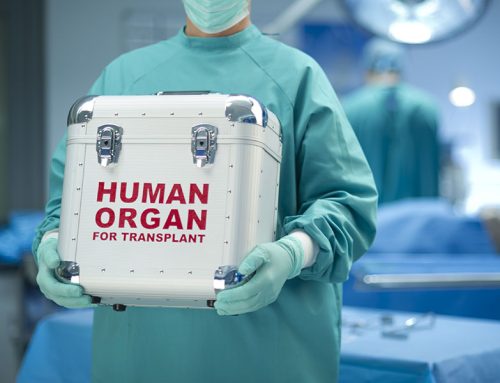
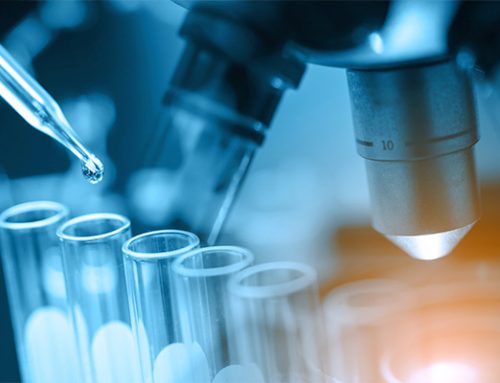
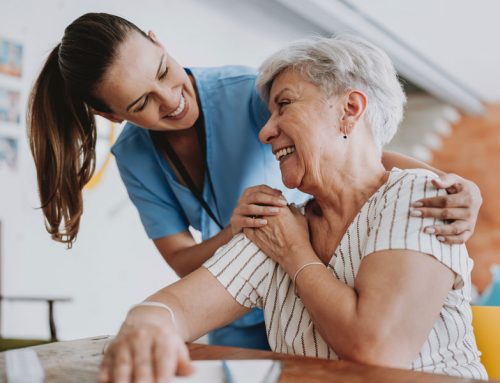
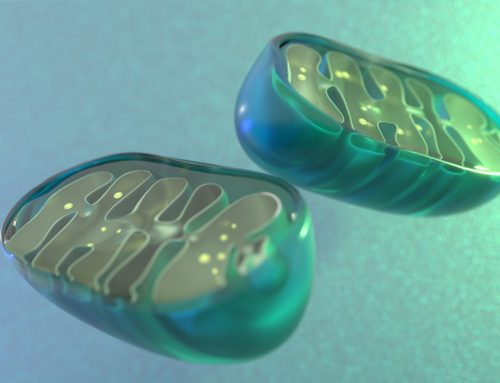
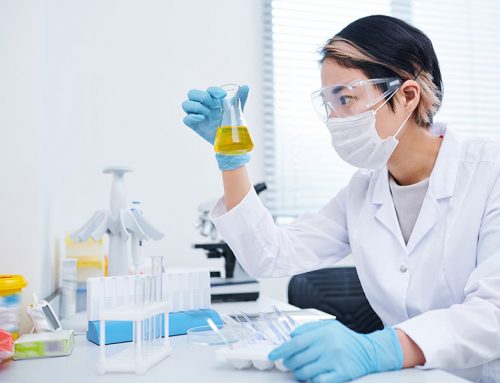

“Good processing of Coenzyme Q10 difficult and expensive
The formulation of the Coenzyme Q10 nutritional supplement involves the preheating of the raw material to get the crystals dissolved into single molecules in the correct vegetable oils and encapsulated inside soft-gel capsules. This process is so important because the contents of the capsules must not re-crystallize while the supplement is sitting on the shelf. The vegetable oils are also important because some oils promote absorption more than others do.”
1. What is the bioavailability of the good formulation of the “vegetable oil encapsulated Coenzyme Q10 vs Ubiquinol” with and without foods?
2. What are the ADME of ubiquinol vs ubiquinone (100 MG three times a day or once daily) by oral consumption of vegetable oil encapsulated formulation?
Hello, David,
These are interesting questions that you pose.
1. From Dr. William Judy, I have learned to be careful to distinguish between absorption studies and bio-availability studies. When you ask about the “bioavailability” of well-formulated CoQ10 preparations, I am inclined to answer as if you had written “absorption.” Dr. Judy’s studies have shown that the absorption of a 100-milligram CoQ10 capsule ranges from 1 to 8 percent. The best formulated CoQ10 supplements on the market seem to give an absorption of 6 – 8 percent of a 100-milligram capsule. Coenzyme Q10 molecules are difficult to absorb, also from food sources. You can see why the marketing literature is not full of absorption percentages. Producers do not want to admit to their potential consumers that the absorption percentages are low (and even lower if the capsule is not taken together with a meal). Dr. Judy says that, theoretically, the absorption of even better formulated CoQ10 supplements can never exceed 15%.
2. The best information, in one place, that I have seen regarding the absorption, distribution, metabolism, and elimination of Coenzyme Q10 is Dr. Judy’s article entitled Coenzyme Q10 Facts or Fabrications. It can be found on the Web at http://www.zmc-usa.com/docs/CoQ10_Facts_or_Fabrications.pdf . Dr. Judy’s studies show that Coenzyme Q10, whether ingested in the stable form ubiquinone or in the unstable form ubiquinol, is absorbed in the small intestine in the ubiquinone form. Then, as it enters the lymph, it is converted to predominantly the ubiquinol form. And it stays predominantly in the ubiquinol form in the blood. Again, regardless of whether one has ingested the Coenzyme Q10 in the form of ubiquinone or ubiquinol. It is an interesting topic.
Thank you for your interest.
Richard